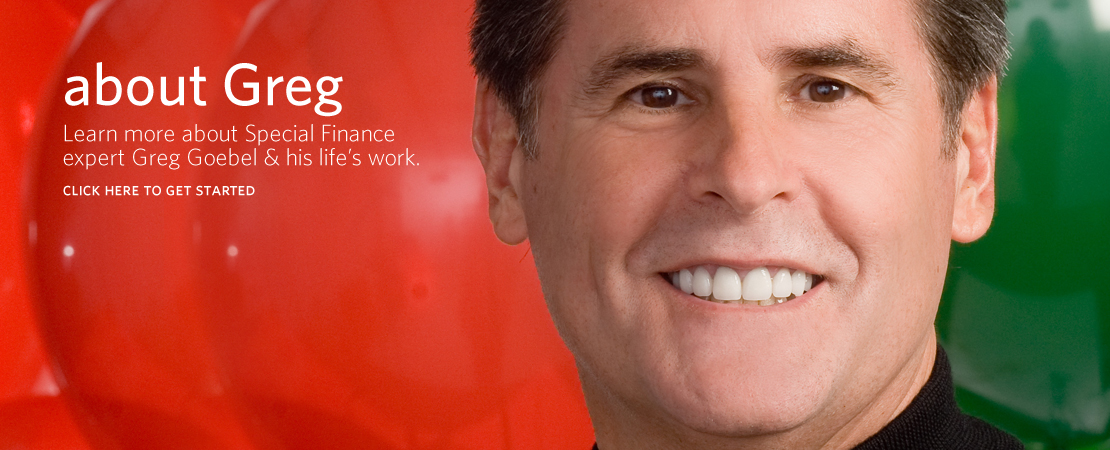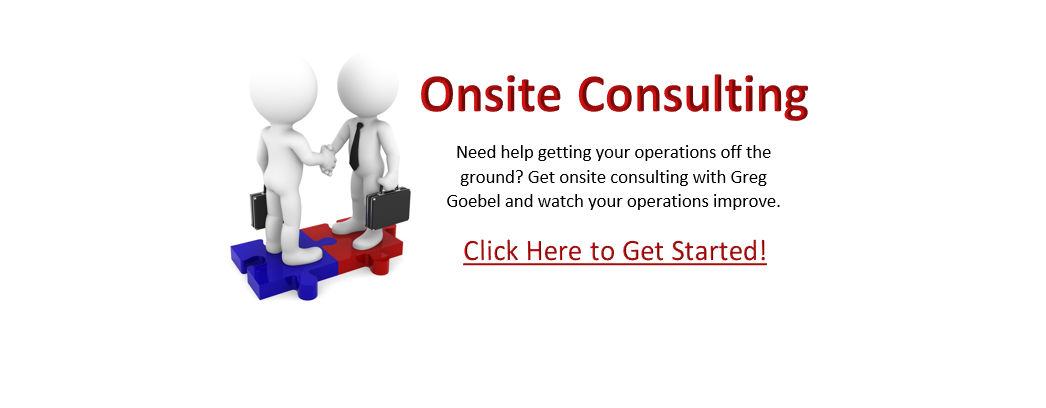Fourth in a six part series of articles.
While the names and locations are being changed to protect the company’s privacy, this is the fourth of six articles that document the process being used to develop a startup Special Finance operation inside an already successful independent dealer, located on the fringe of one of the major metro markets in the United States. It will detail the plan, the strategies, the successes and the challenges encountered over a six month period, with the end goal of the new department to reach a monthly sales volume of 70 deals at over $230,000 total gross by the end of that period.
At the Halfway Point and Very Optimistic
As we passed the halfway point at the end of month number three, the ‘Red Team’ is beginning to gel. Certainly, as with any new location or department, there exists ebbs and flows – and certainly uncaptured opportunity. In looking at the body of work, we have to be pleased. Here is a summary of what we experienced in month three.
The Highs
• With DealerStrong’s Executive Trainer, Shawn Foster, on site often this month, the sales management team gelled. No different than any other dealership, personnel will make or break the team. After struggling harder than ever in any market to get quality people hired and trained, we finally turned the corner in month three. The management team appears to be solid with our Red Team director and credit managers working well together. Each has their strengths and weaknesses, but they are pushing each other to be better and ultimately, closed 41 sales out of 114 total showroom for a 36% closing ratio – a full 8% over the benchmark!
• The sales personnel team stabilized with the hire of one new sales consultant, replacing one that just couldn’t quite get over the hump. Through our daily 15 – 20 minute training program the staff are getting better and better at consistently executing their activities – which ultimately produces results. All three sales consultants are keepers and we will next look to add a fourth.
• Although buying the correct inventory for subprime has not been difficult, the get-ready has –with some units taking over a month to hit the front line. The dealership, which has 200+ units in stock, added a new inventory management software – Rapid Recon – and it appears that it is certainly helping speed the process up. By the end of the month, new processes were in place in the service department to streamline the reconditioning and get-ready of the inventory.
• The broadcast television marketing is working well! Our goal was to get the BDC ready, then push the “Go” button. We launched a two week test of the Nation’s Premier Auto Dealer program in the prior month. It worked very well, which allowed us to budget $25,000 in month three. The goal was to generate 400 trackable incoming phone calls. We hit 447 – 10% more than expected – in an expensive television market. That will bode well for the upcoming months!
• Craigslist became a terrific lead source. We paid the son of one of the Red Team employees to post on Craigslist. We posted 446 vehicles, received 106 leads, and the (ineffective) BDC got 24 into the store, and we sold 11 – 46%. Total cost was $2,680 for all the fees and posting. Pretty darn good ROI!
• ProMax is working well and the team has embraced it and is using it very well. For a completely new team that has had little to no experience on ProMax and less experience tracking, they are doing a superb job. It makes it so easy to manage with good data.
The Lows
• Ultimately our Achilles heel was the BDC. After ramping up to four BDC team memberss, we unexpectedly lost a team member. Additionally, we had hoped to see a BDR rise through their performance and leadership. None have demonstrated that to this point. Finally, DealerStrong’s BDC trainer, Wendy Reeves, had a full plate with our other consulting clients this month so the time she was able to spend with a leaderless team was limited. As a result, the BDC’s appointments-to-show production was abysmal – just 14% of total leads and 15% on incoming calls (as opposed to expected the 49%). That will be remedied in month four with Wendy onsite again and more phone training available.
• Our website to this point has been a dismal failure. Through some communication issues, features that we expected were omitted. They finished month three without the Google Places page showing yet. The highest the website has placed in search was page 5 – even with a direct search of the dealership name – and as a result we only had 30 website leads. (We were expecting that many per day.) Additionally, we know it had to impact the walk-in traffic as people that can’t find the company’s website have to wonder if the dealer is legitimate. To the vendor’s credit, they are working diligently, and a PPC campaign that we launched at the end of the month did bear some fruit, so we roll into month four with hope.
• The one third party lead provider we opted for was a total disappointment. Virtually all the leads were bogus. They even used their BDC to verify them, and confirmed our results.. To the company’s credit, the owner did not invoice us for a single lead, and made that decision without any question from the store. They are a class company that I have used for a long time and will use again – just not in this market until they can figure out why the leads were bad. The good news is it cost us nothing but the BDR’s time. The bad news is that I would have really rather had the expense and the extra leads.
The Bottom Line
While at this writing, the net profit (total red team revenue less all red team expenses including advertising, payroll, bonuses and payroll taxes) for the month hasn’t been finalized. The month was deemed a success as the department exceeded its sales volume forecast with 41 units and average total deal gross profit of $3,201. We expect the net to come in similar to month two where we generated an additional $57,766 for the store
While sales volume increased 17%, our gross per deal dropped as the department helped the ‘Green Team’ retail out of some of their aged inventory that wasn’t purchased for SF. Additionally, as stated earlier, even with a mountain of leads/calls, the ineffective BDC didn’t turn a sufficient number of leads in to showroom visits, thereby driving up the advertising cost per sale. Nonetheless, even with the missed opportunity, but with another $50,000+ profit in just the second full month of operation, smiles abound.
We know we can fix the BDC, and will, quickly. We also know the website will soon start indexing and with the television spots running, our lead count will soar. Finally, we know if we can simply get them in the door the sales team will close them. At this writing the department has been functioning from a clean sheet of paper for just 90 days with a staggering closing ratio. We can’t wait for month number four where we have a forecasted sales volume of 50 units in with three fewer selling days!
In the meantime, stay tuned and we will be reporting again next month. Until then,
Great Selling!
GG



 Month number two represented the first month where we were fully staffed, trained and operational for the entire calendar month. We were excited to say that we beat our monthly goal in units and gross profit. While we patted ourselves on the back for that accomplishment, we knew there was so much more opportunity in front of us. The following is an update of where we sat at the end of month two.
Month number two represented the first month where we were fully staffed, trained and operational for the entire calendar month. We were excited to say that we beat our monthly goal in units and gross profit. While we patted ourselves on the back for that accomplishment, we knew there was so much more opportunity in front of us. The following is an update of where we sat at the end of month two. inty was from having never physically visited their dealership and having hired or come to terms with two new employees we had never met face-to-face, along with a couple individuals that were in the last stages of interviewing.
inty was from having never physically visited their dealership and having hired or come to terms with two new employees we had never met face-to-face, along with a couple individuals that were in the last stages of interviewing.
